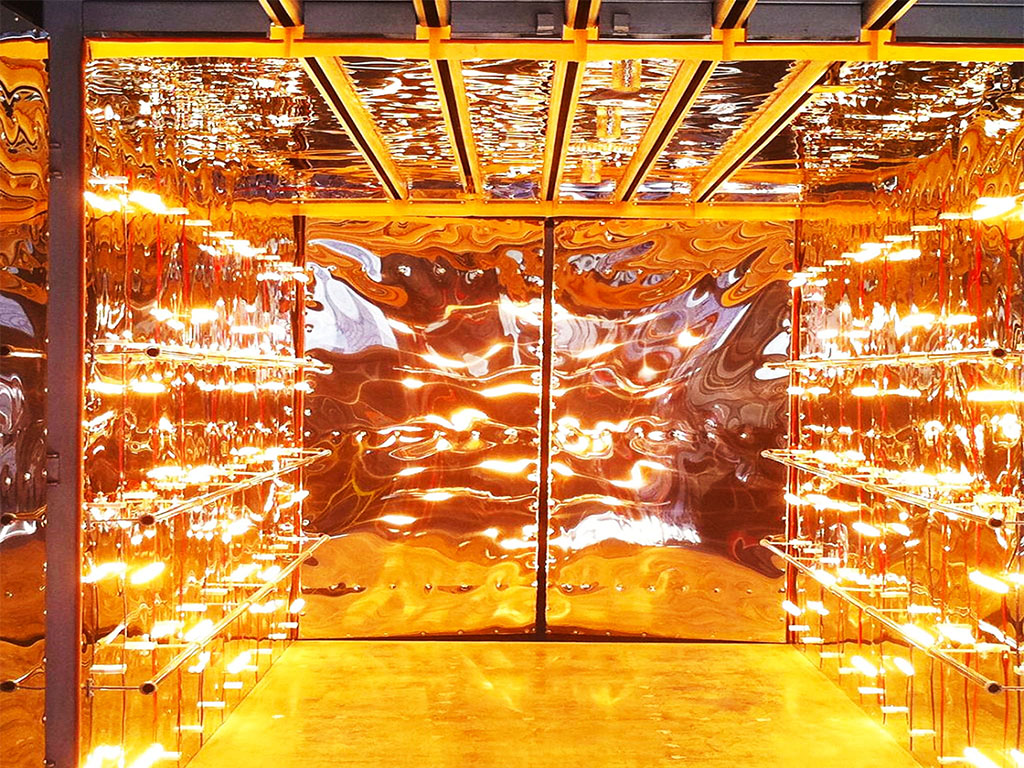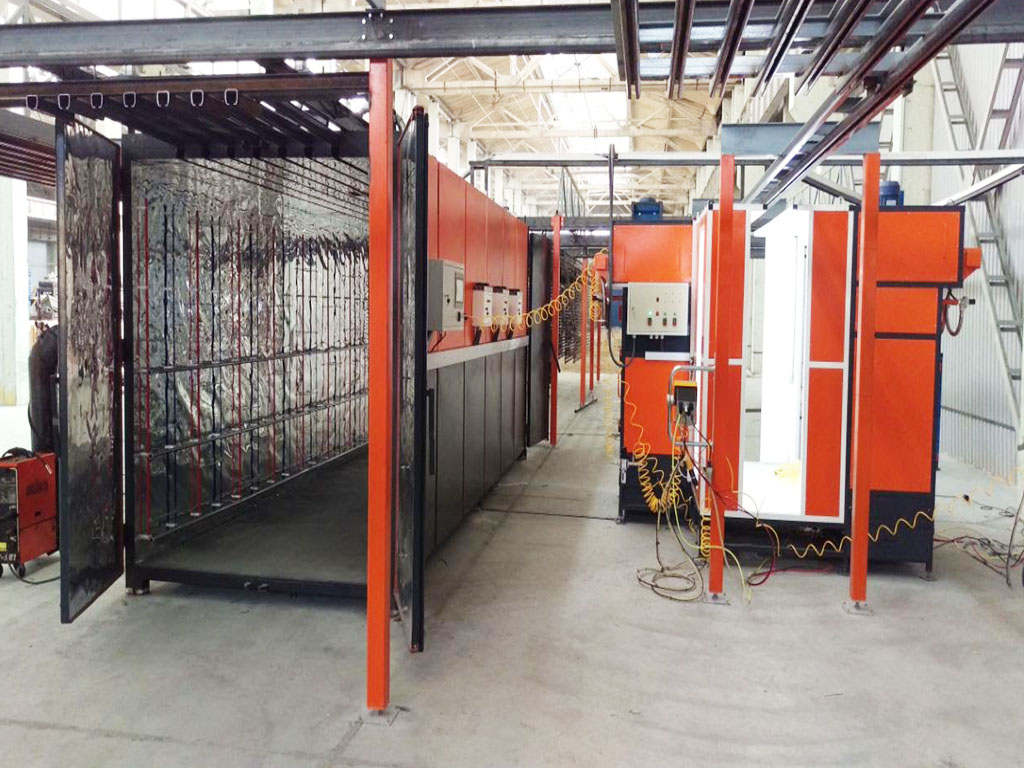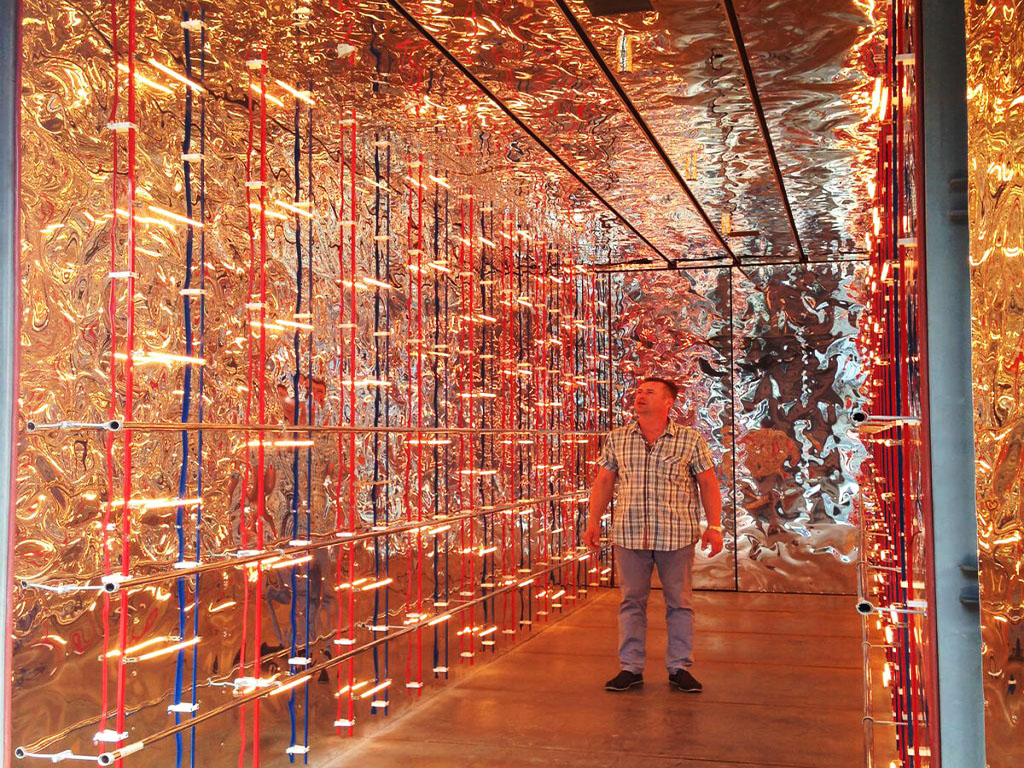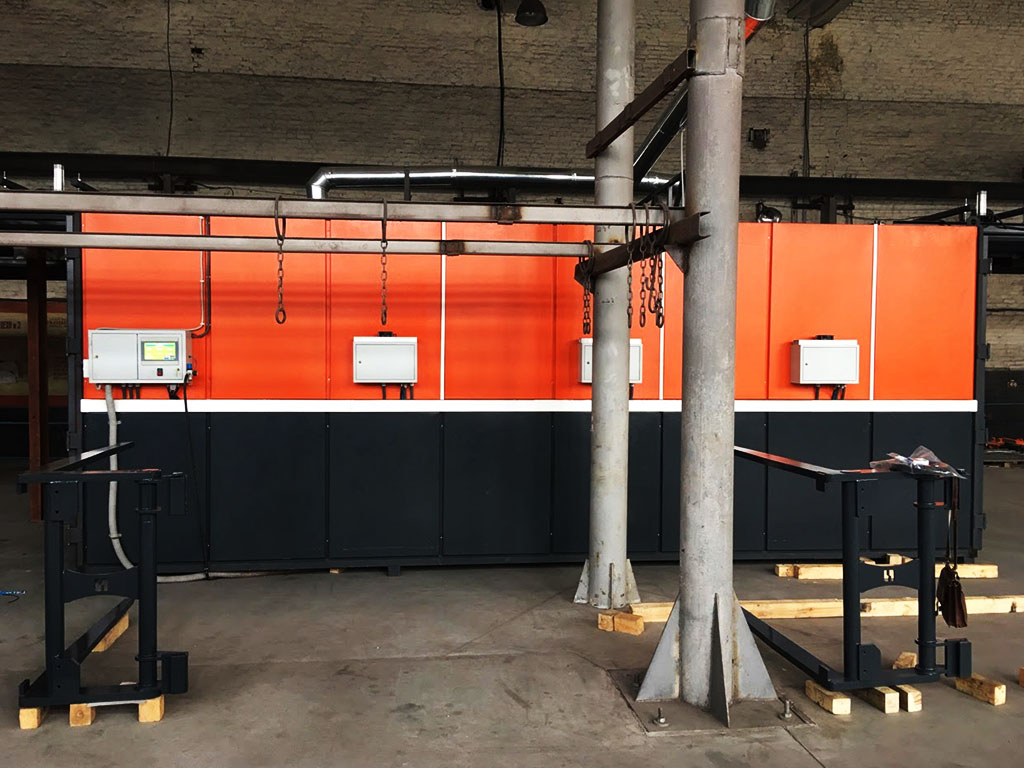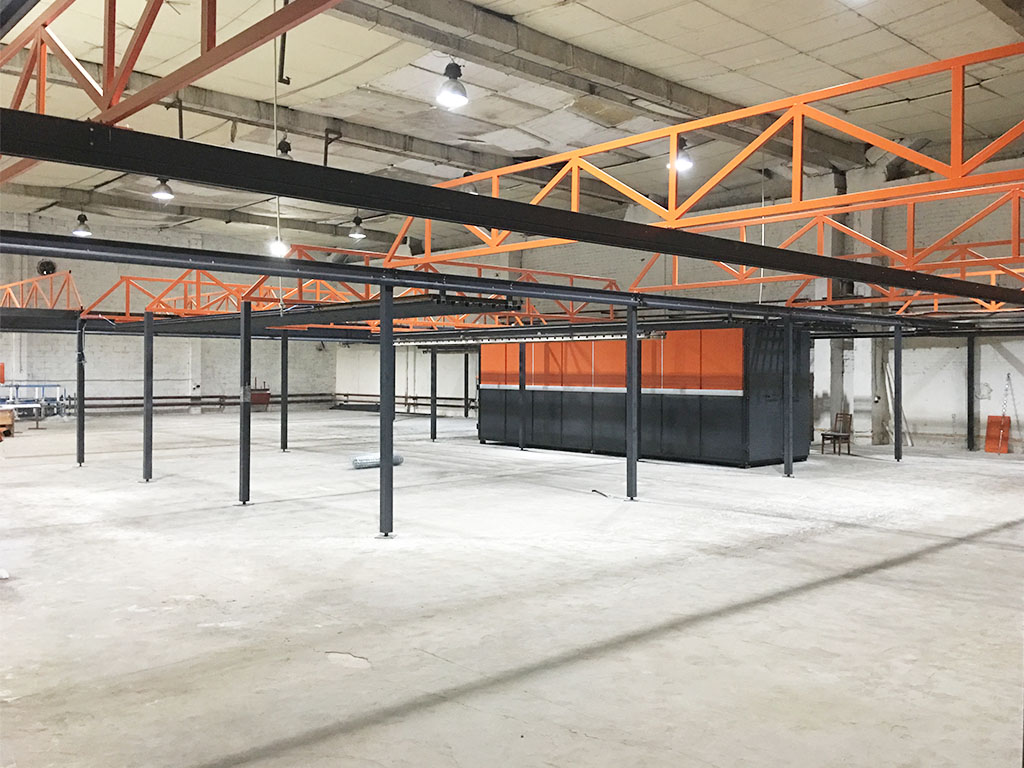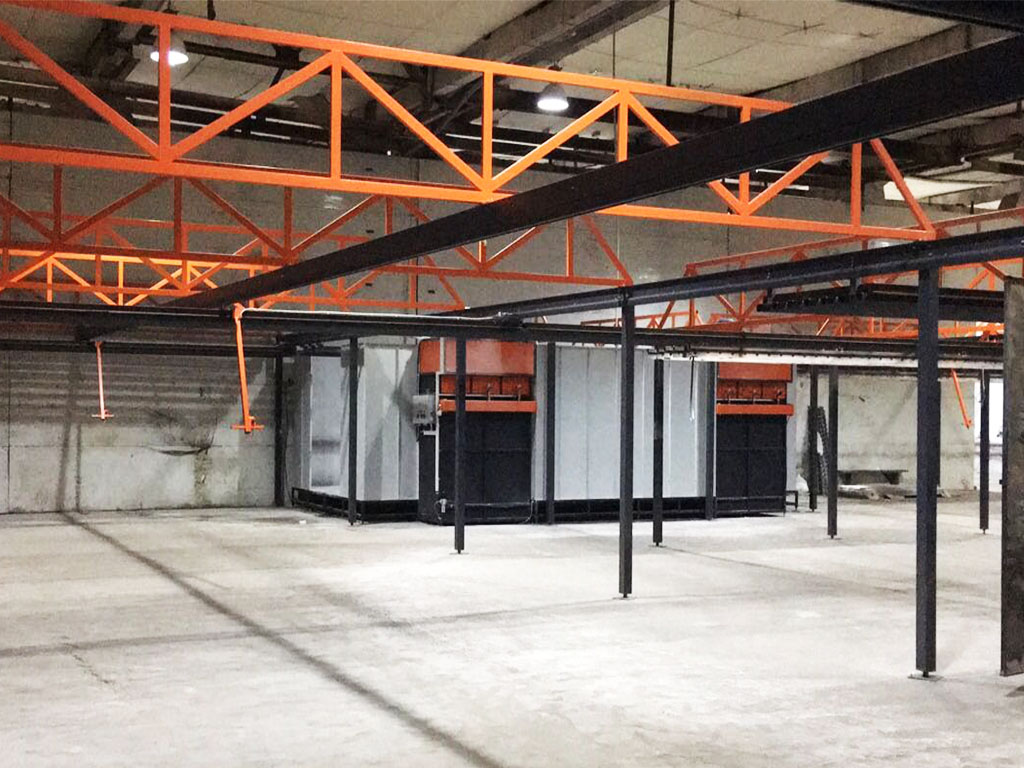Infrared (IR) Drying Oven
One of the areas where infrared heating is most used is drying. Compared with other methods (convective drying, convection, etc.) it is reported that it provides the opportunity to obtain high quality products at low cost. Other advantages include shortening the drying time, being an alternative source of energy, having high energy efficiency, uniform distribution of product temperature during drying, easy control of process parameters and space saving. In the same study, it was stated that infrared drying can be used successfully in removing surface moisture. During drying, the type of material, wall thickness, processing time and the power used are important factors affecting. The basic principle of infrared radiation and drying can be explained as follows: this radiation goes deep into the material, where the radiation energy is converted to thermal energy and the material is absorbed by absorbing that heat. Evaporation in infrared drying is much faster than conventional method.
Reasons:
Firstly, it allows to give much more heat to the material in one unit time than other drying methods in infrared drying. For example; If the drying is done by the hot air up to 100 degrees, the material can be supplied with 750 kcal / m2 and the same conditions as infrared radiation with approximately 22000 kcal / m2.
Secondly, in the convection technology, slowing the steam output, the flow of heat (inward) and the emergence of vapor gases (from inside to outside). I mean, the air just warms up the top layer and dries it up, but that steam pattern is constantly coming out, so we need more time to completely remove that vapor.
The working principle of the infrared is completely different, the heat focuses on going to the deepest layer and removing the water from the bottom. It is recommended to use short-wave halogen lamps as infrared sources, because these lamps can enter the deepest layer and create a high energy flow density.

